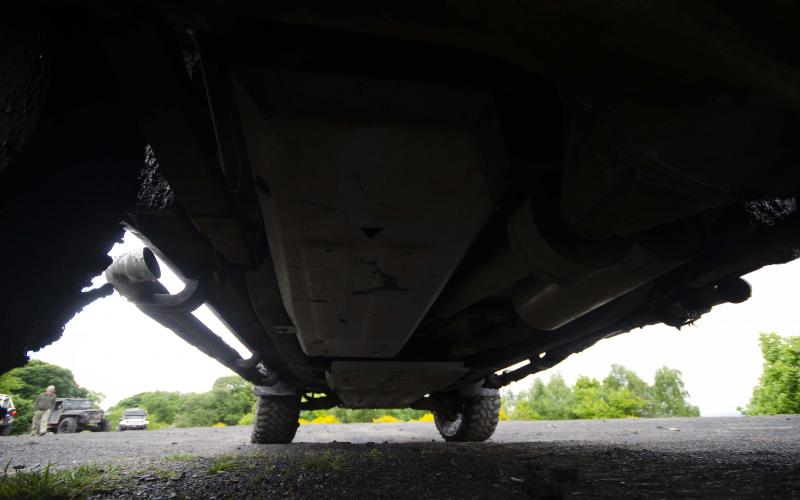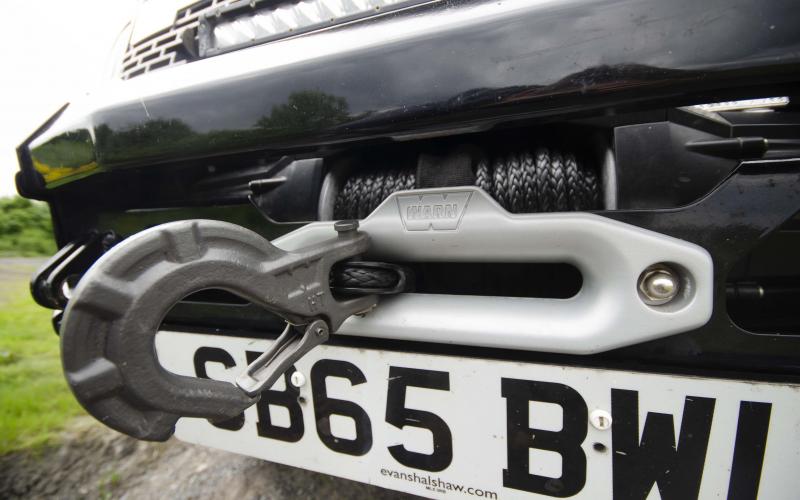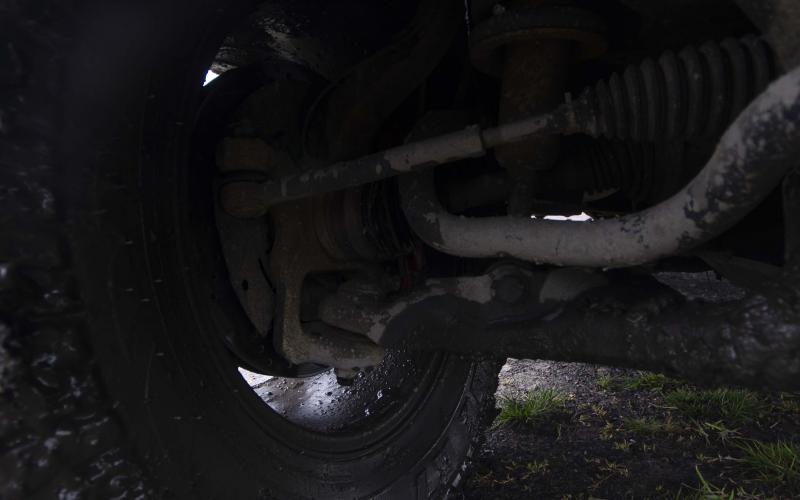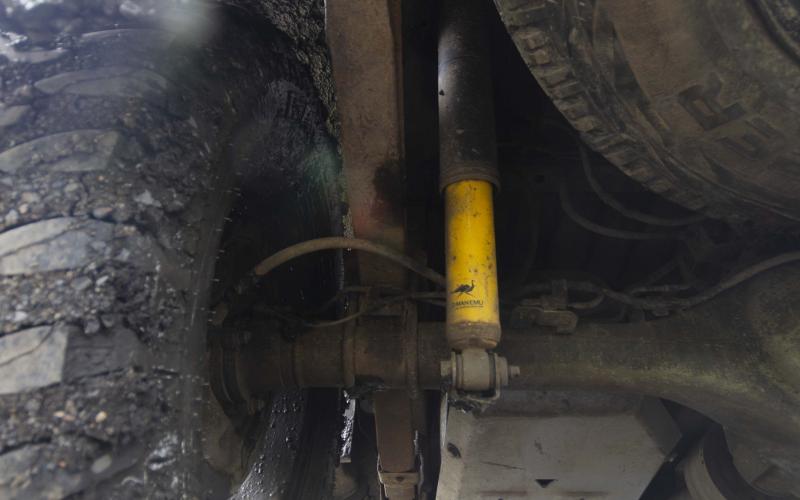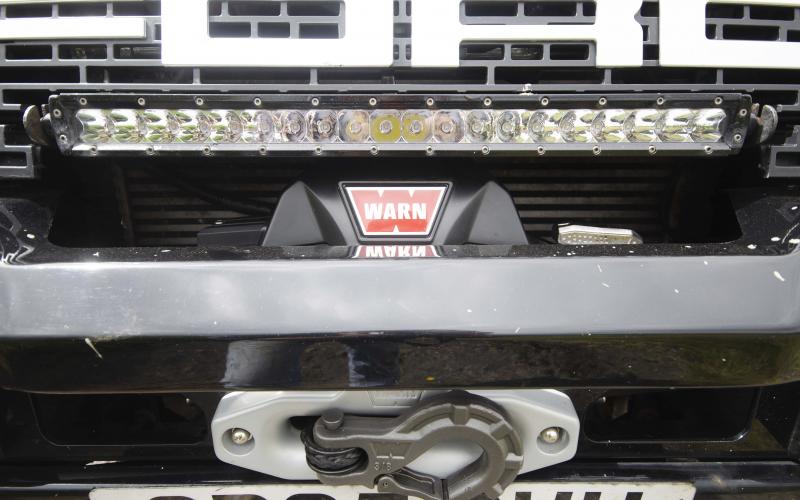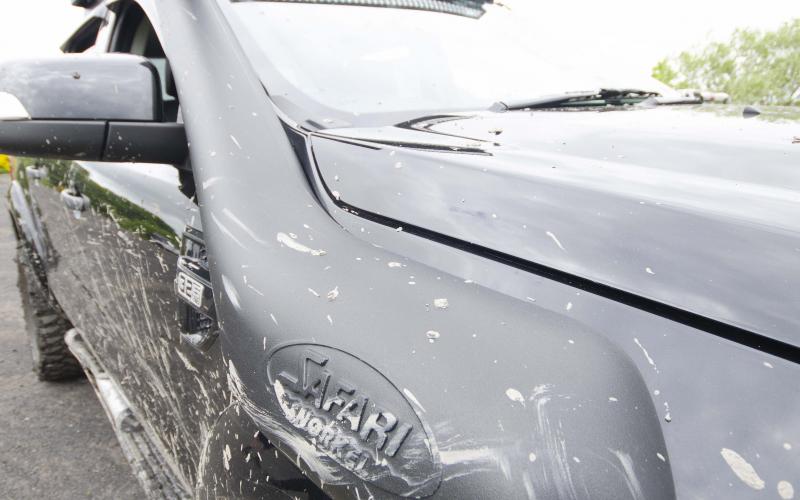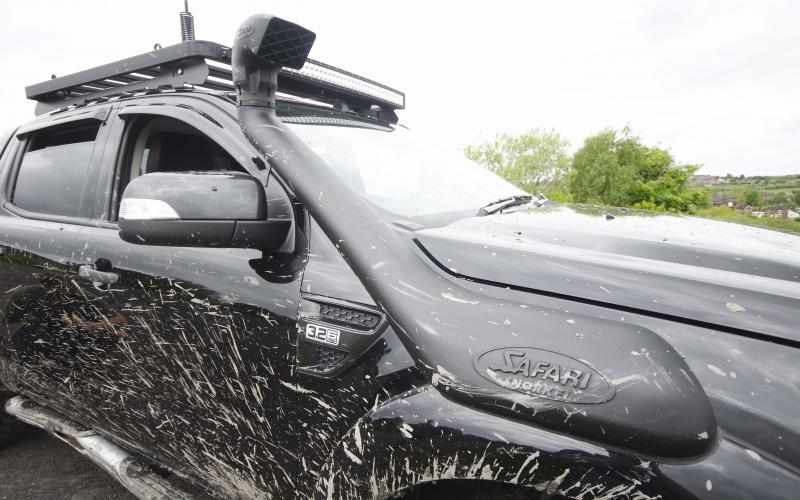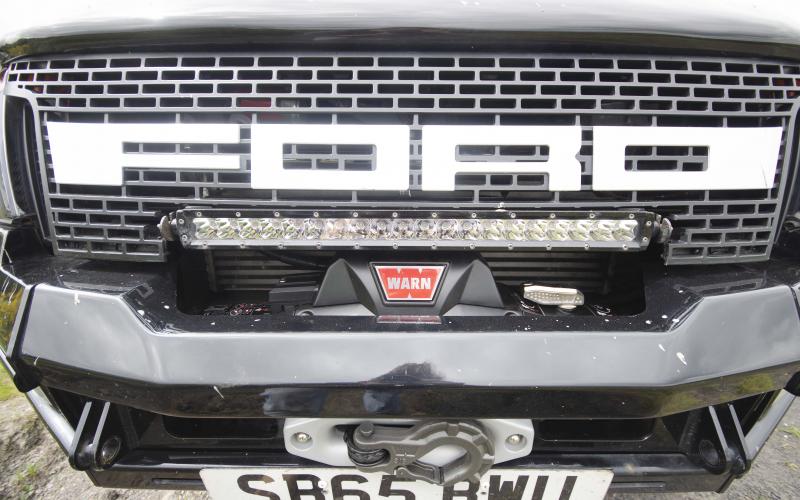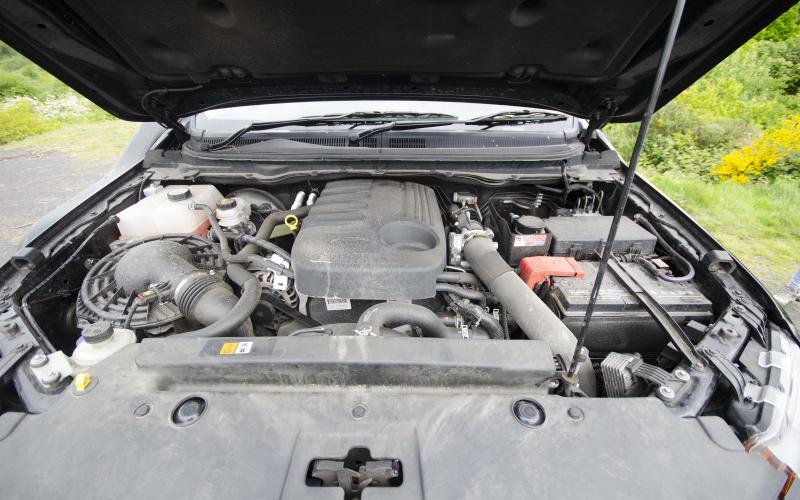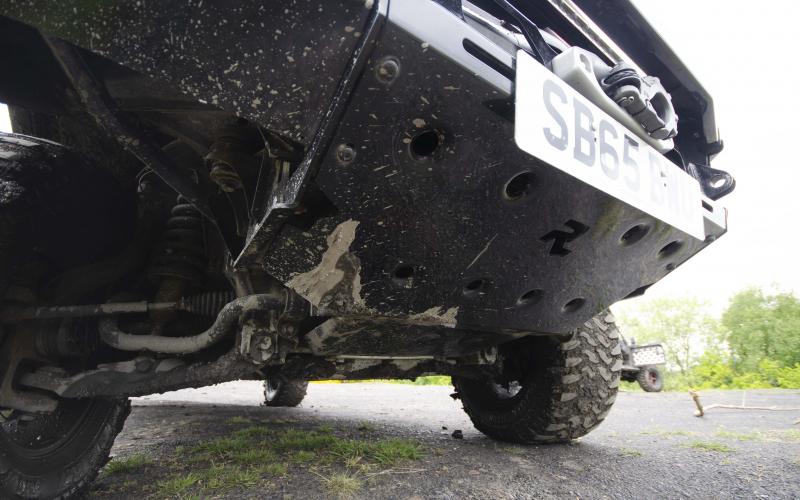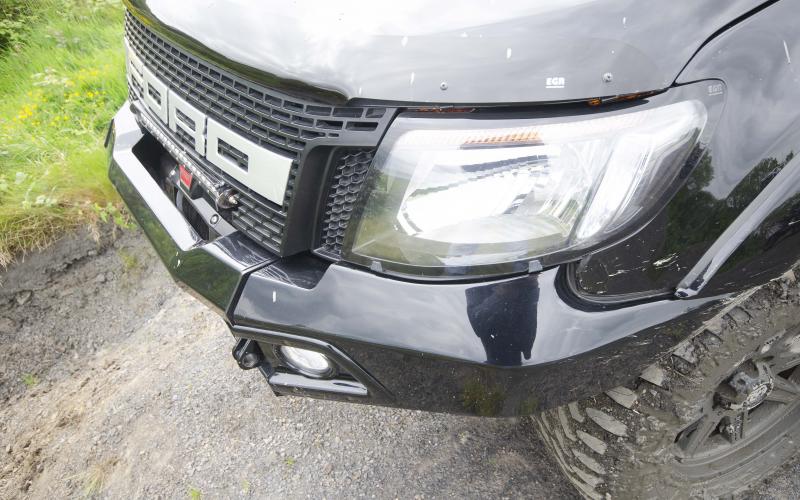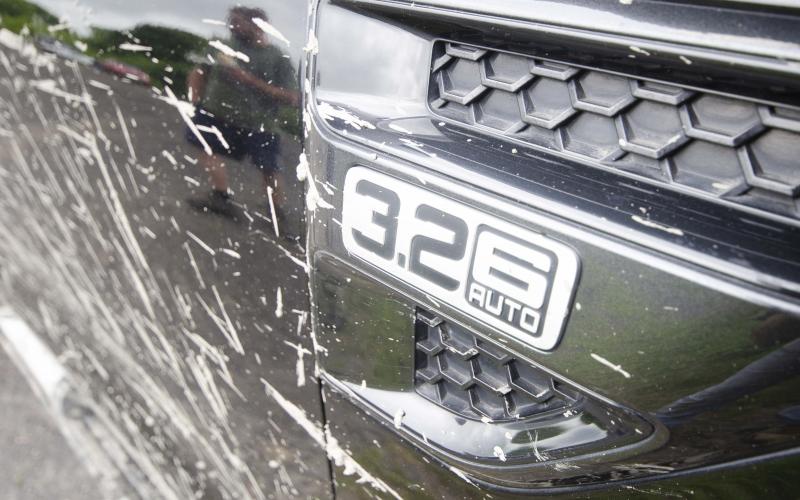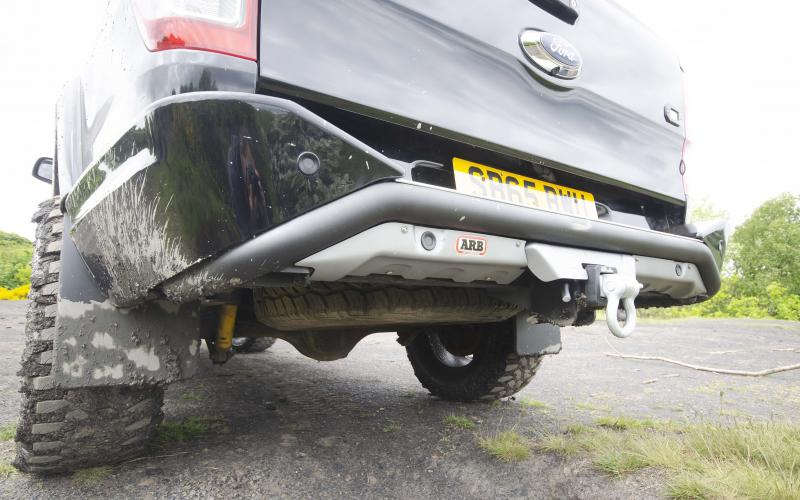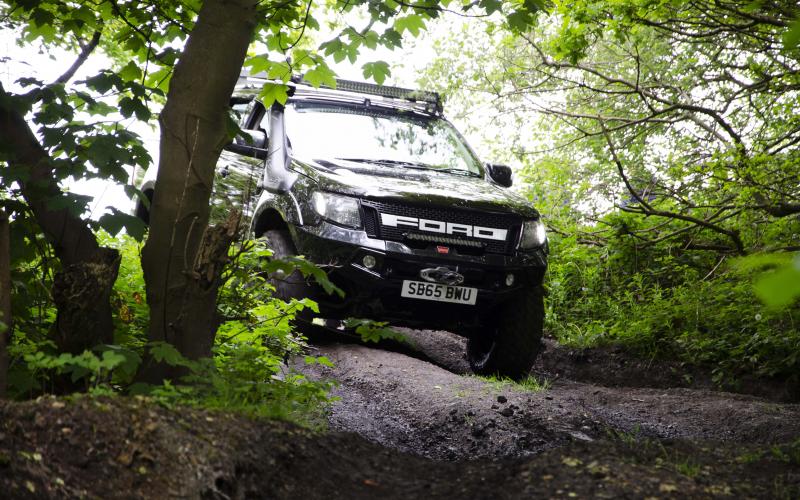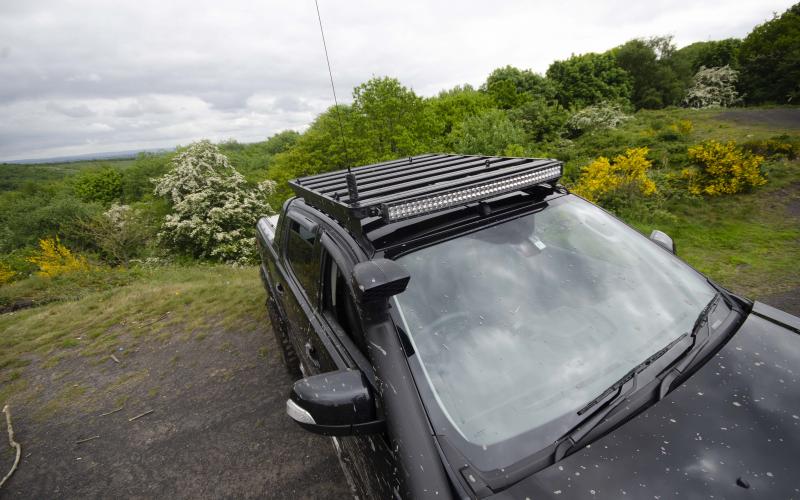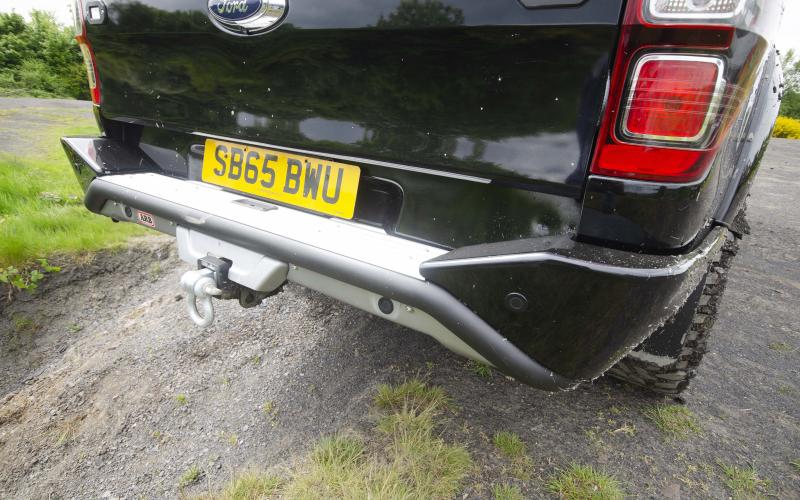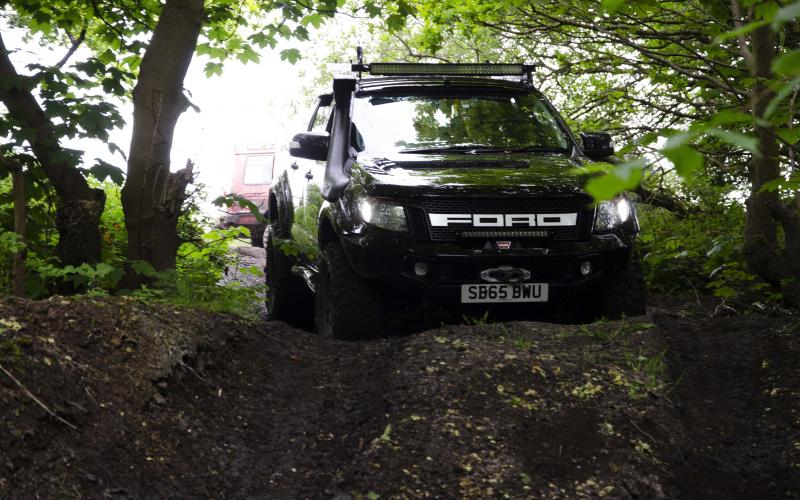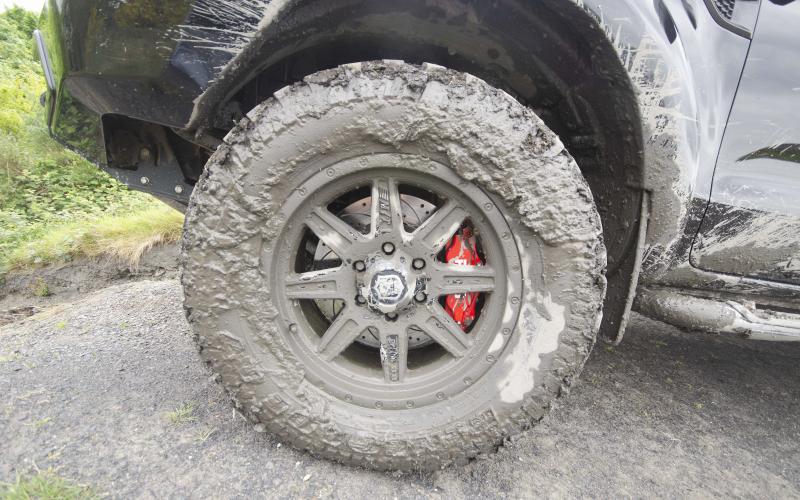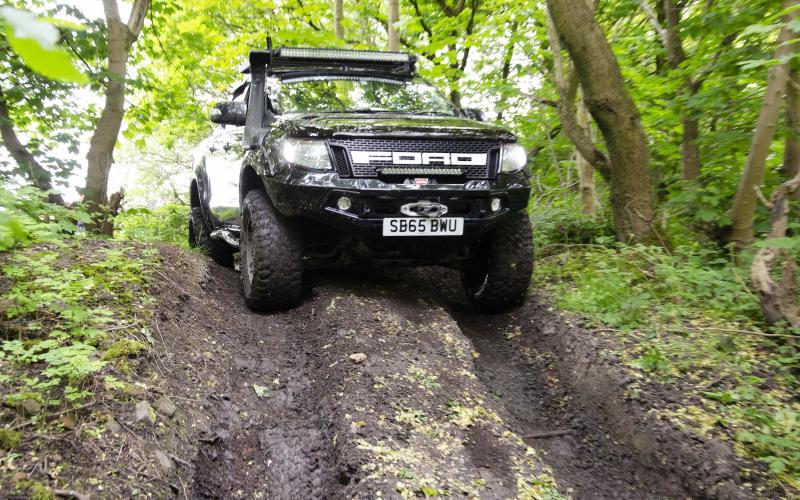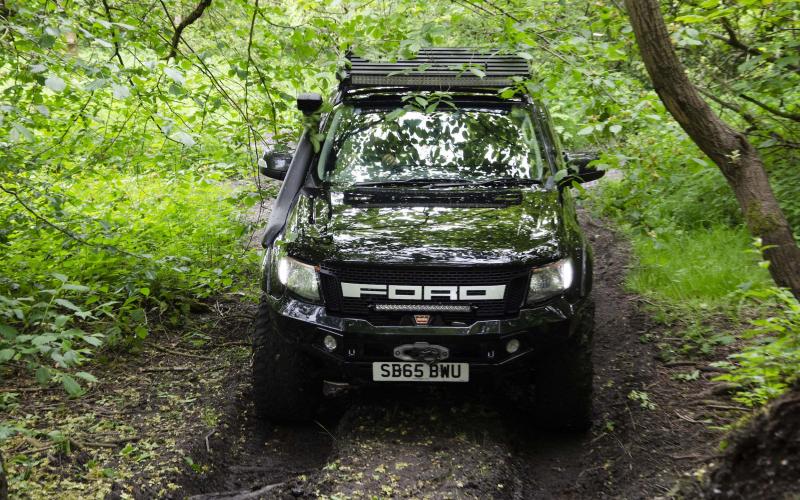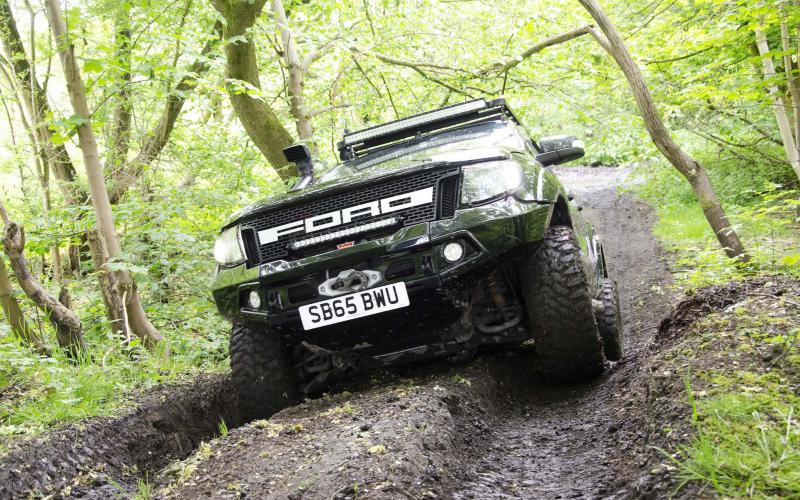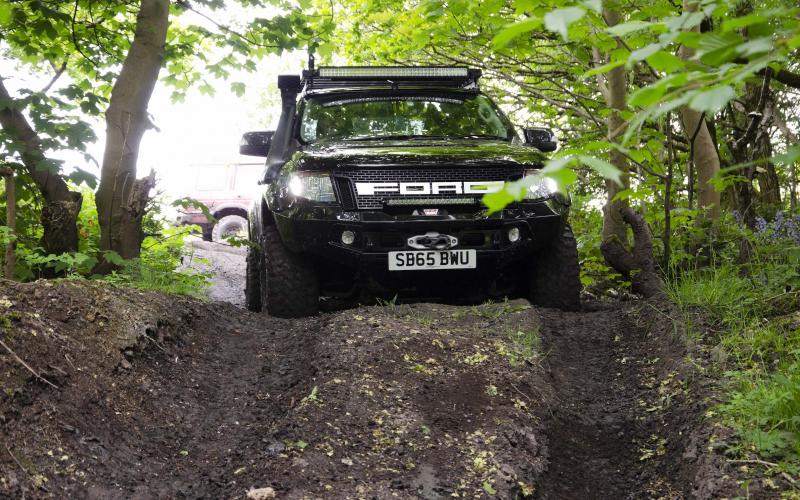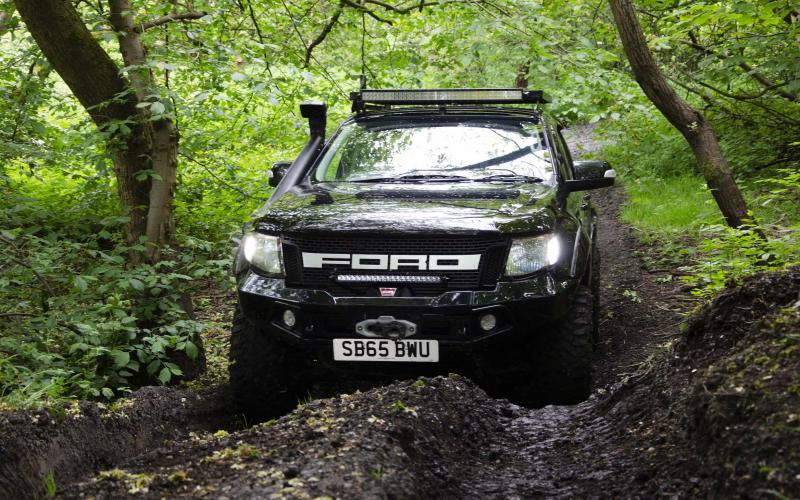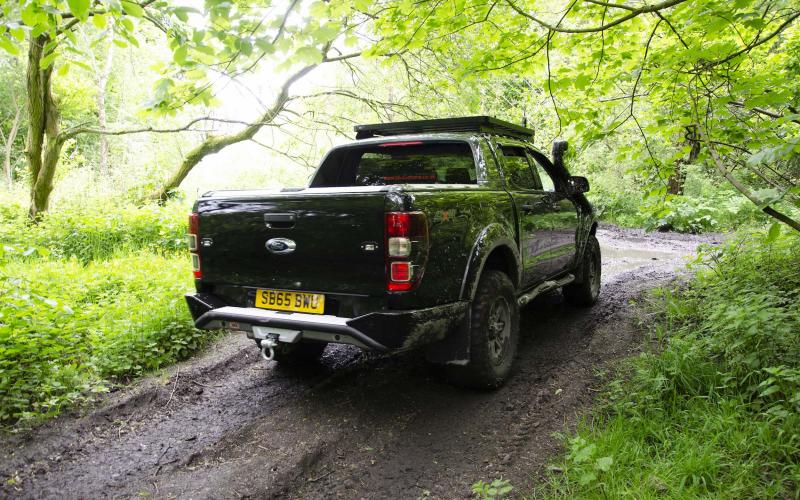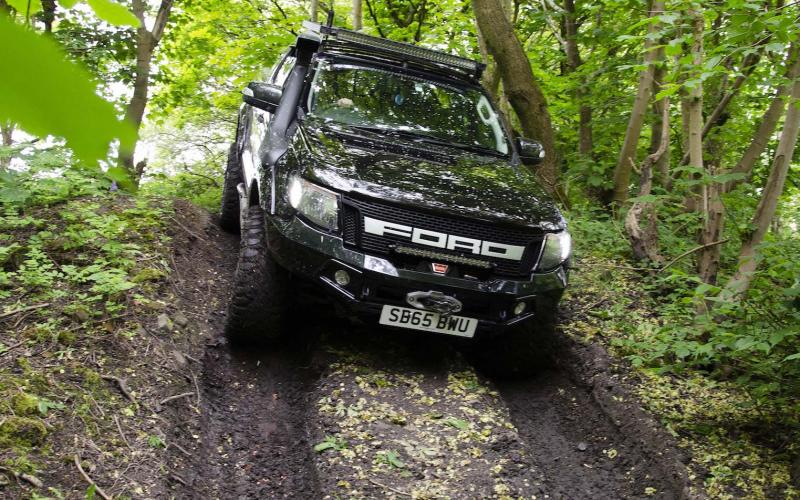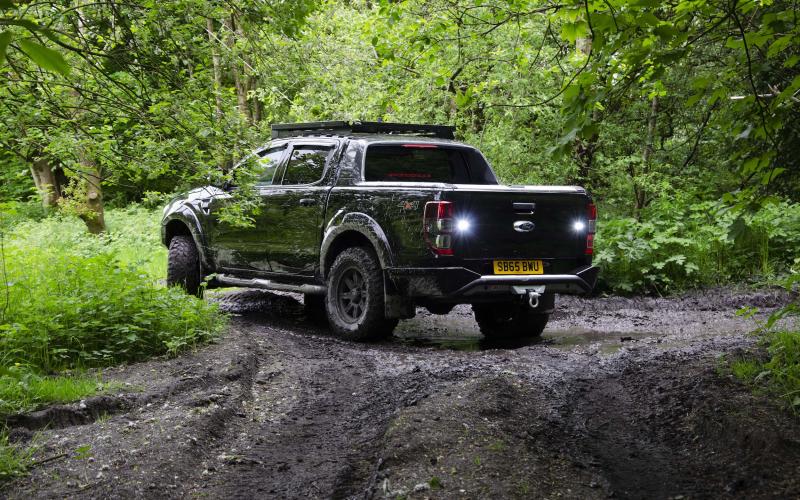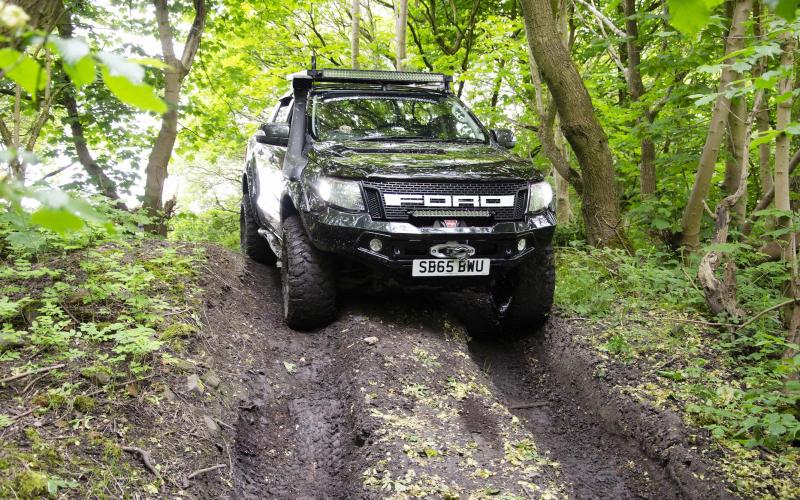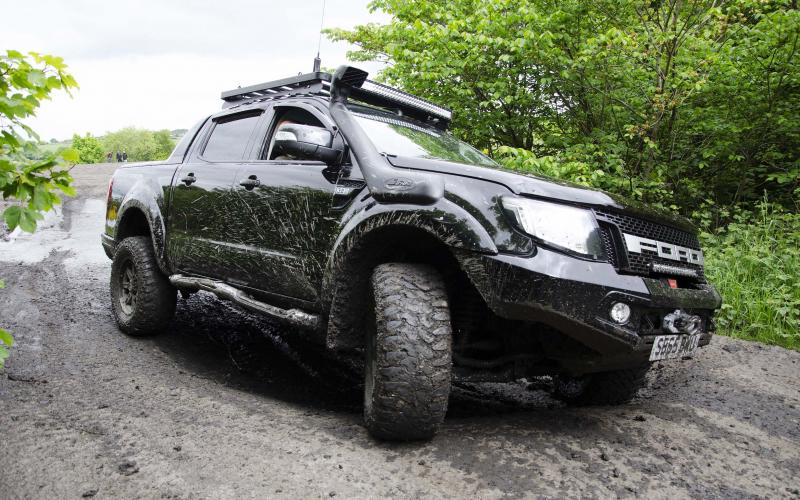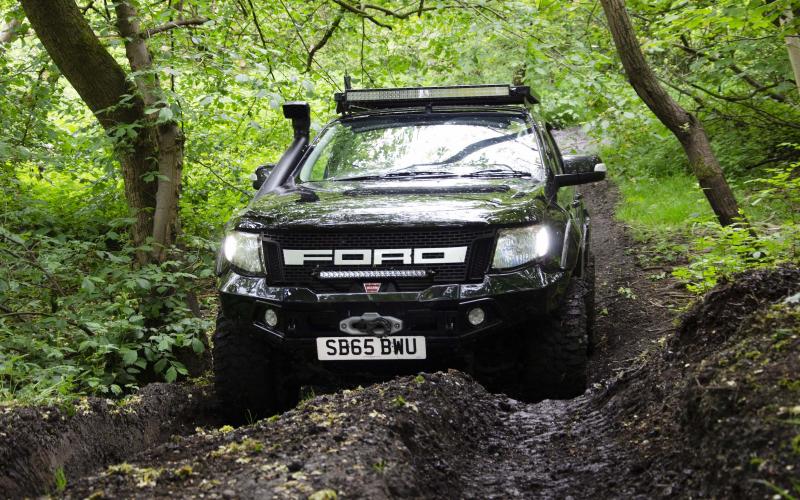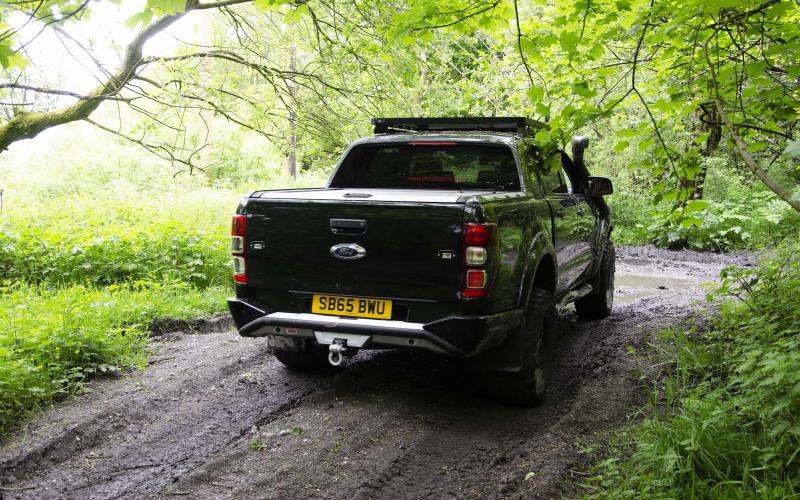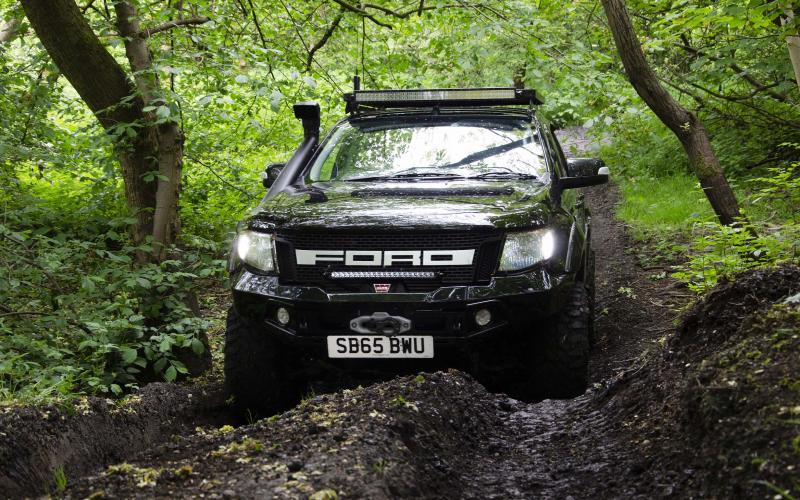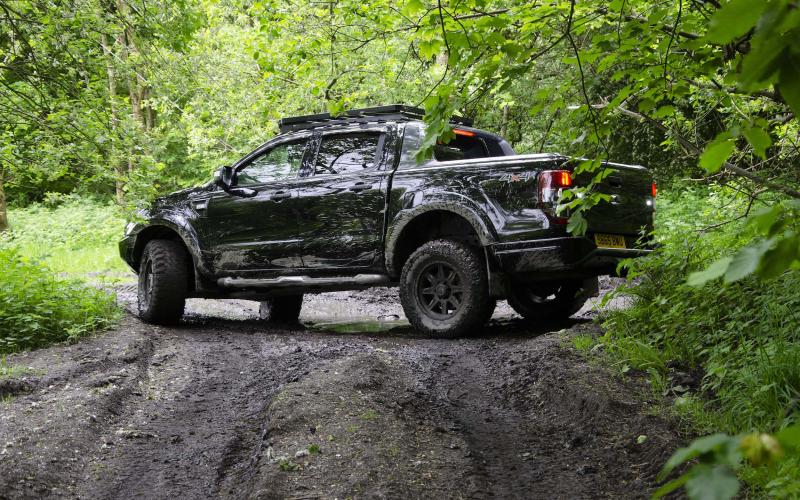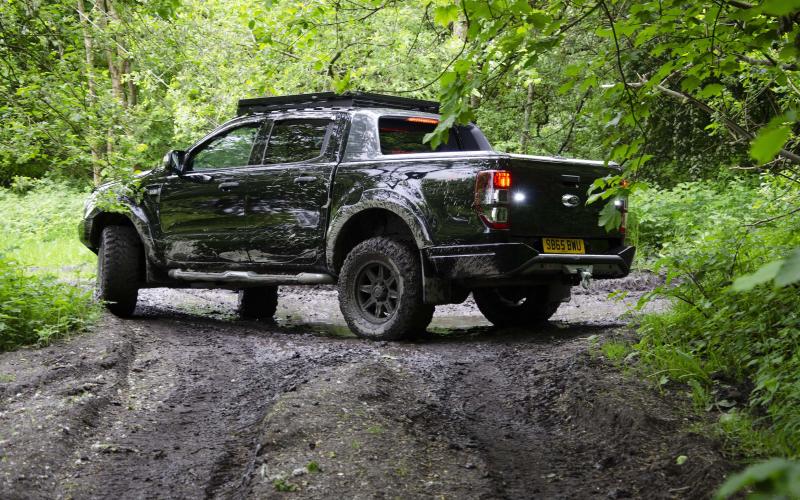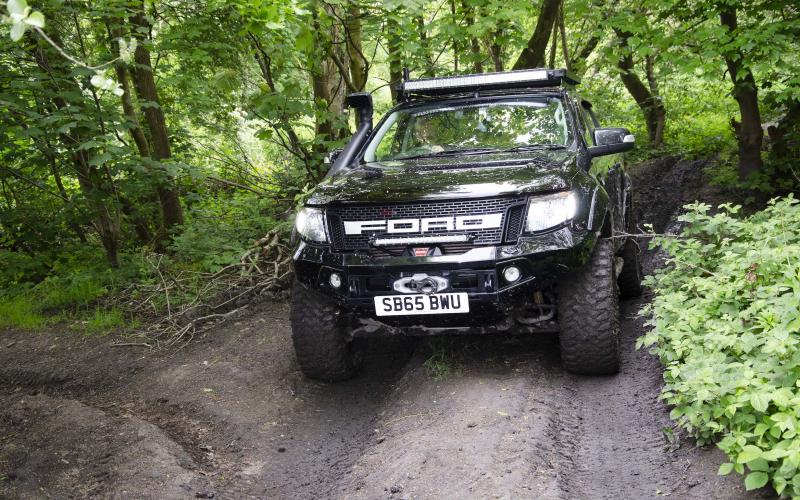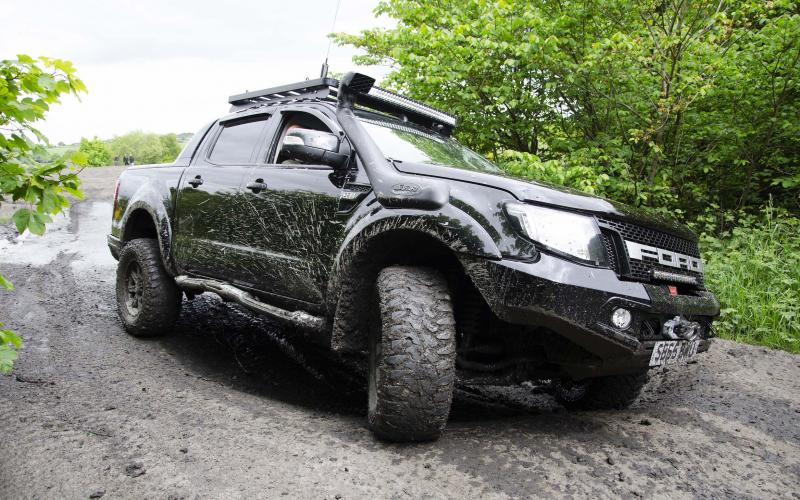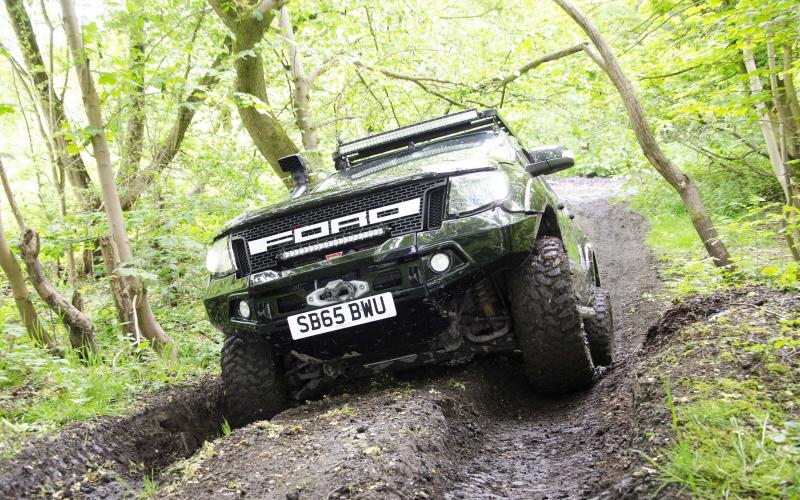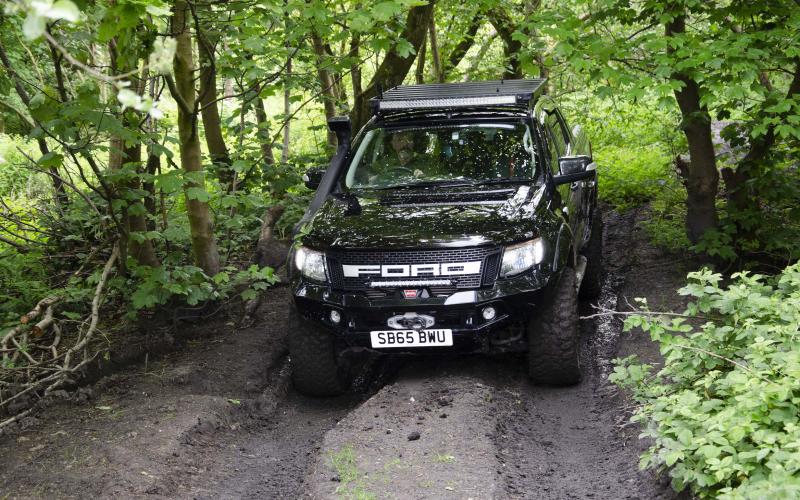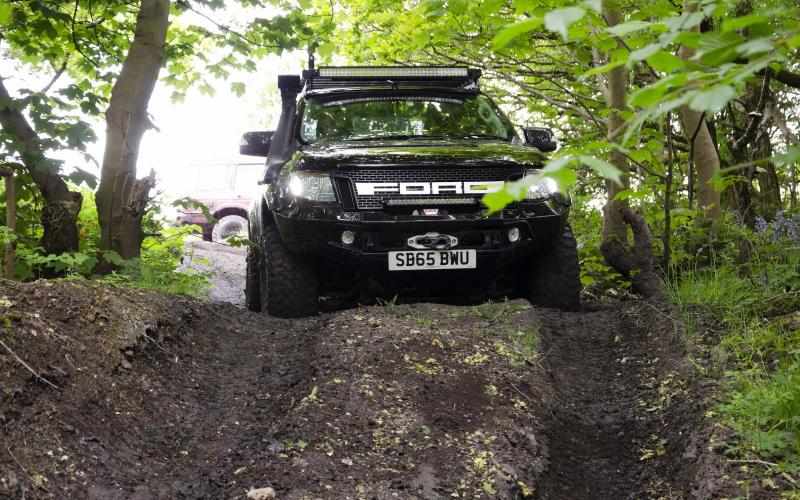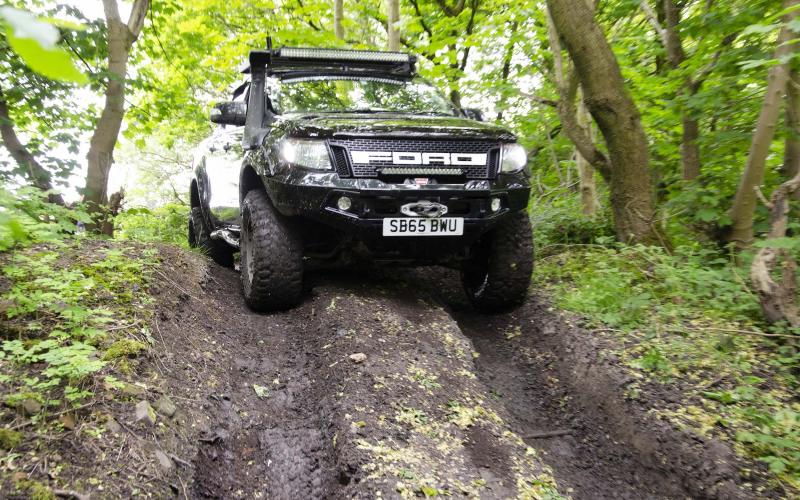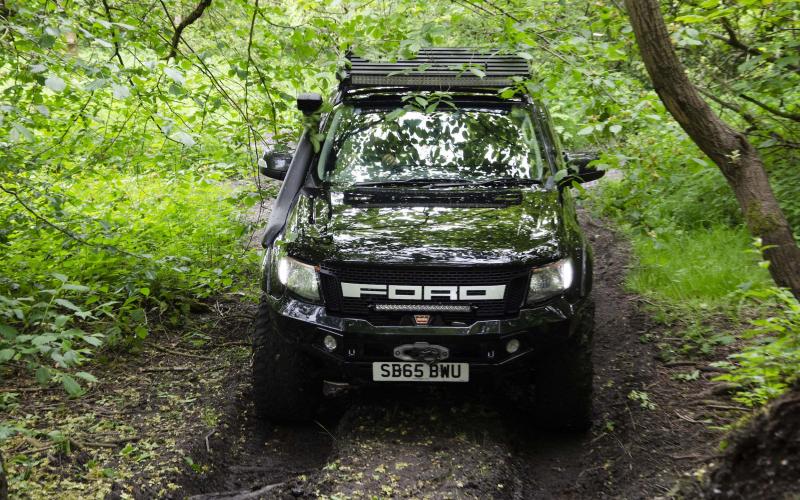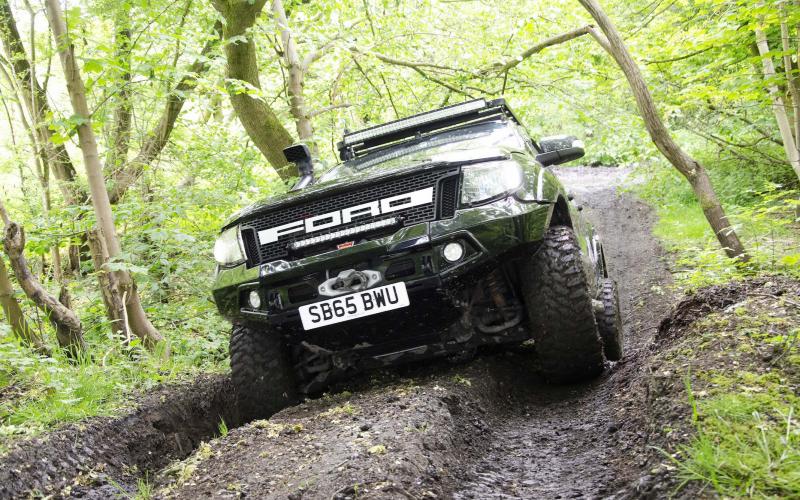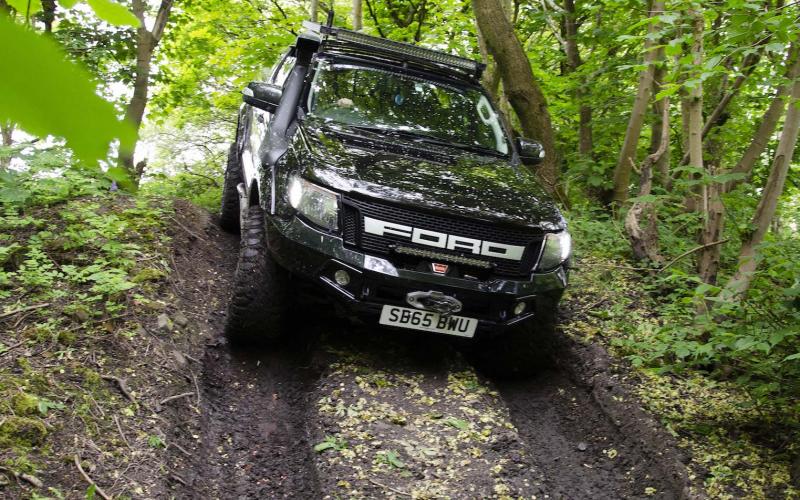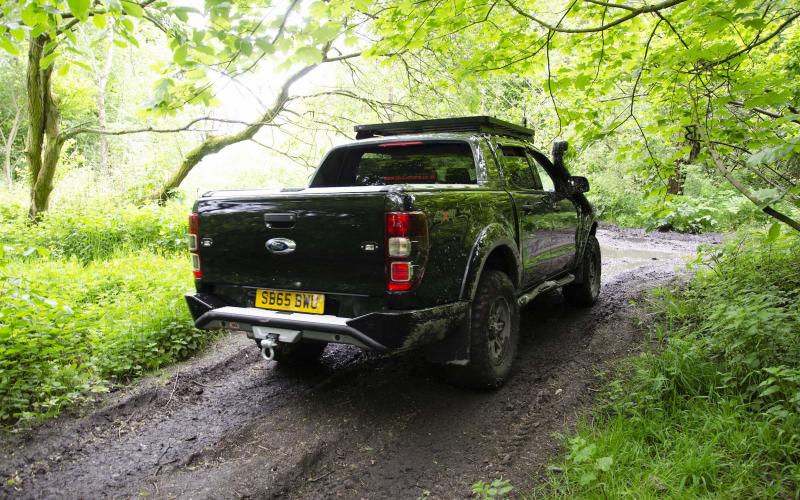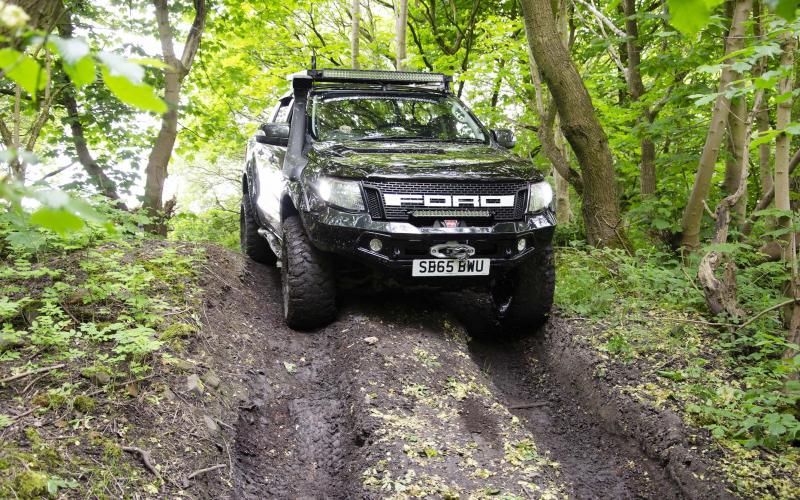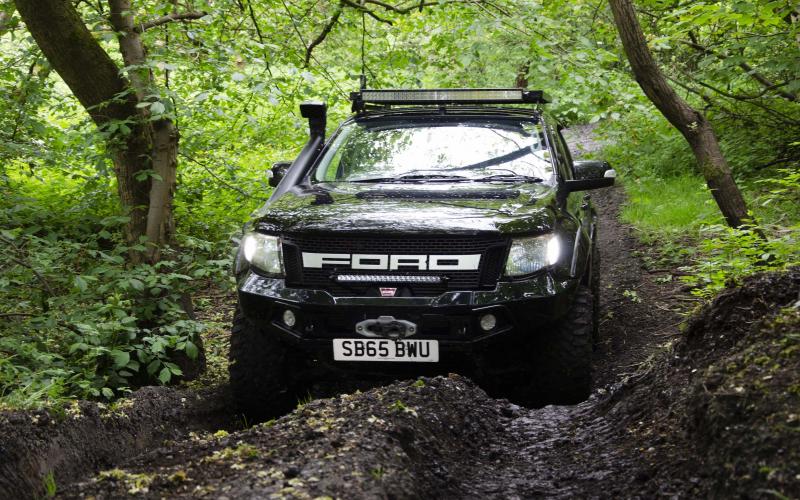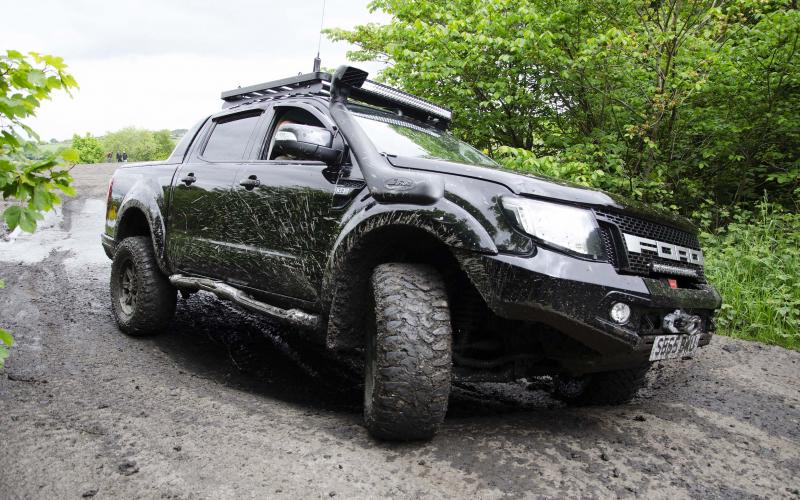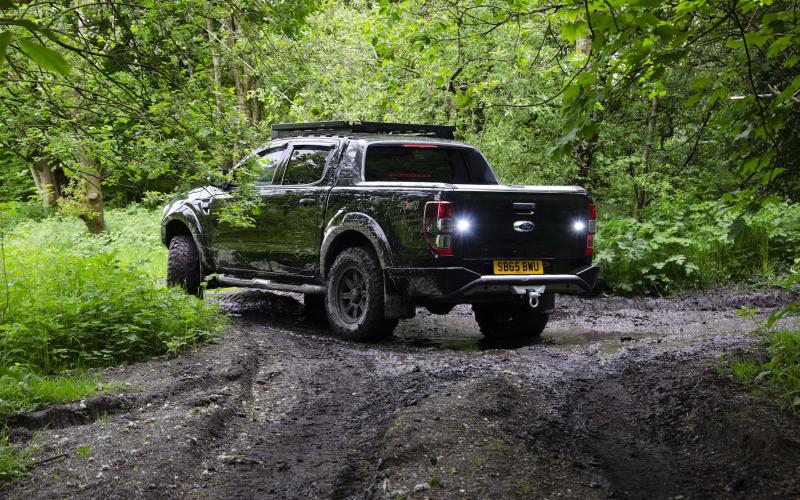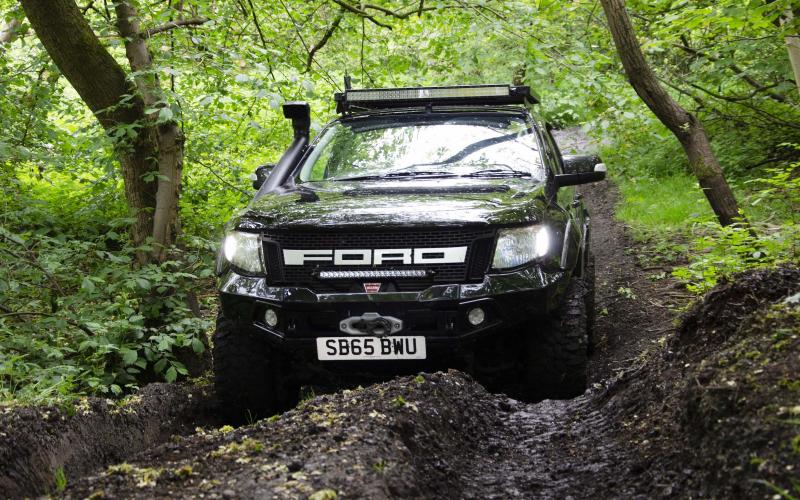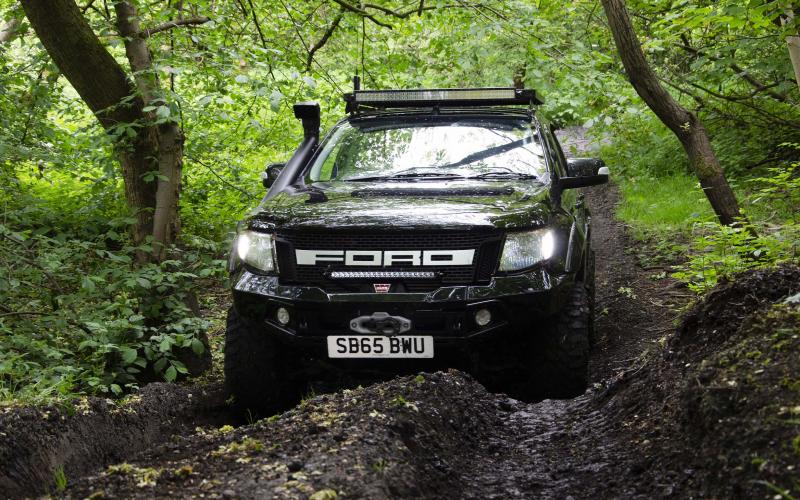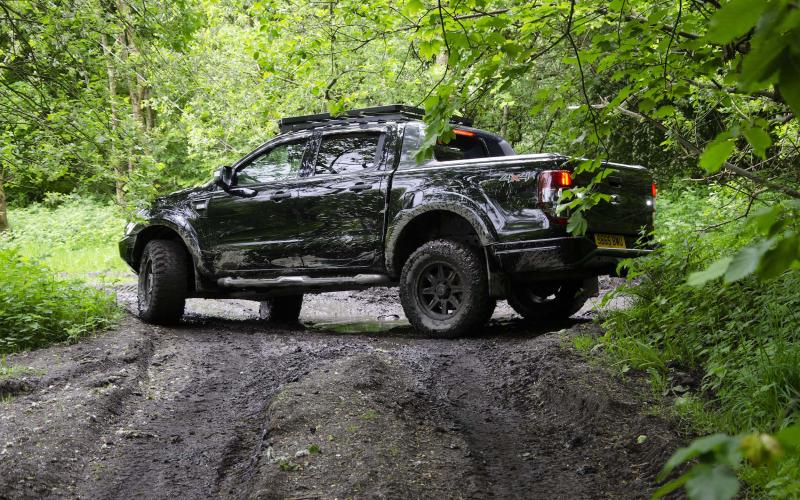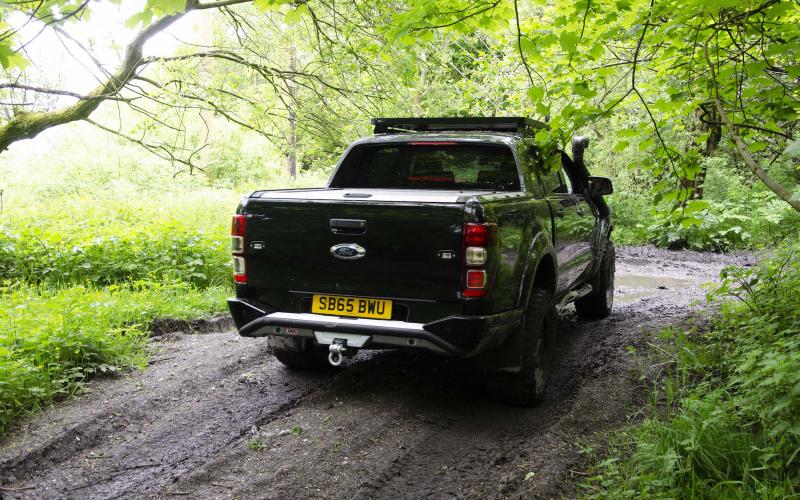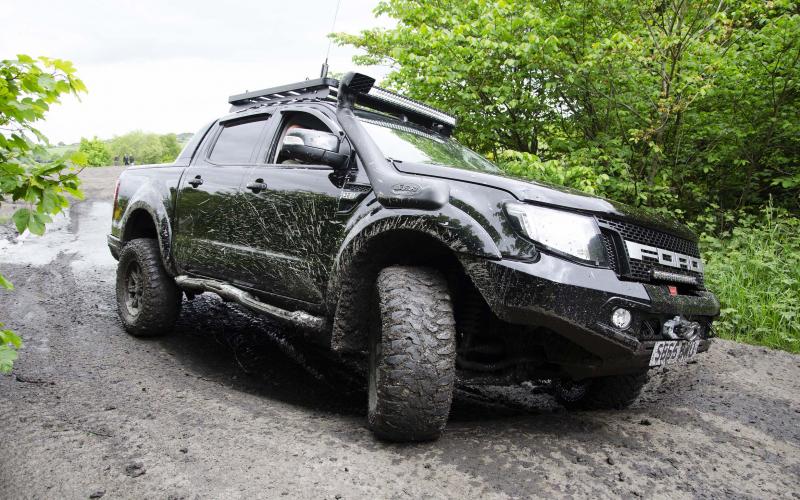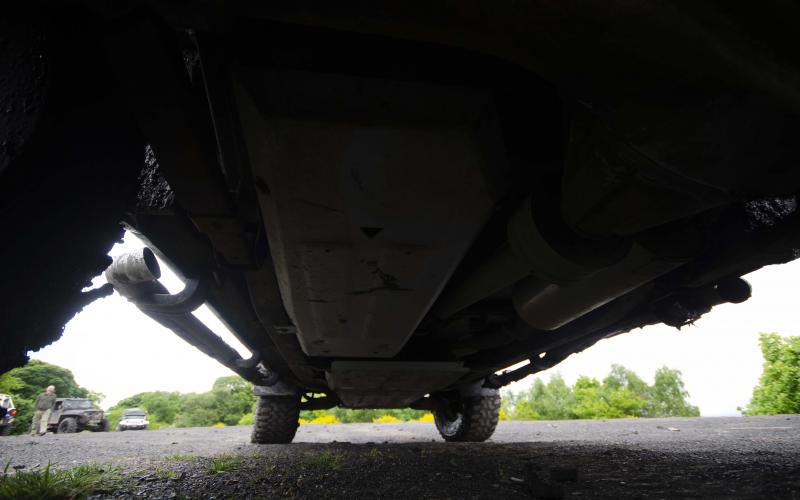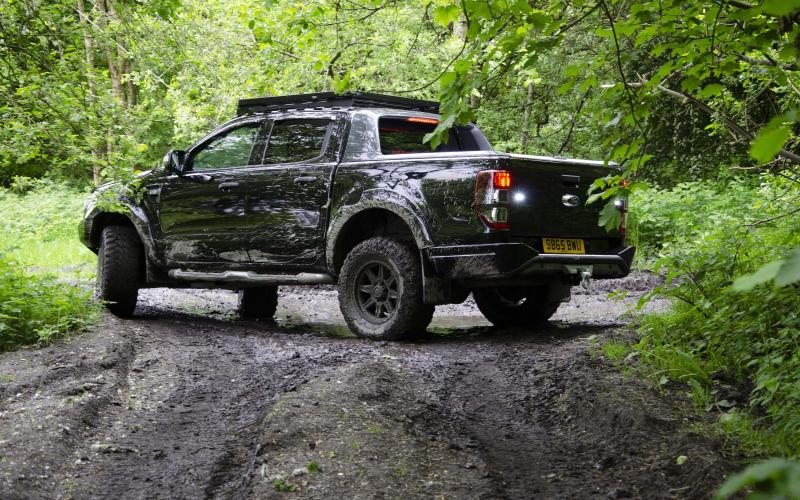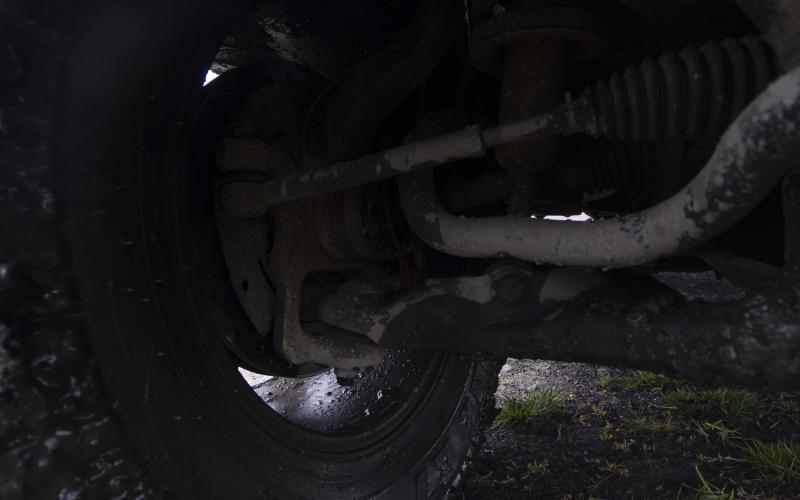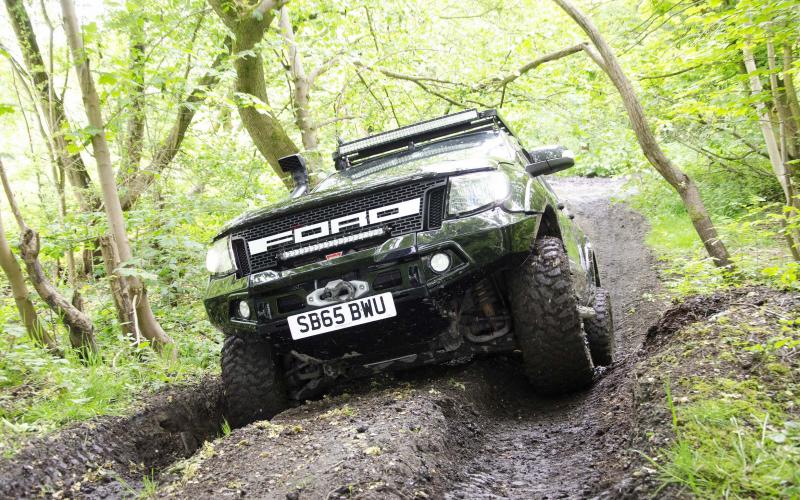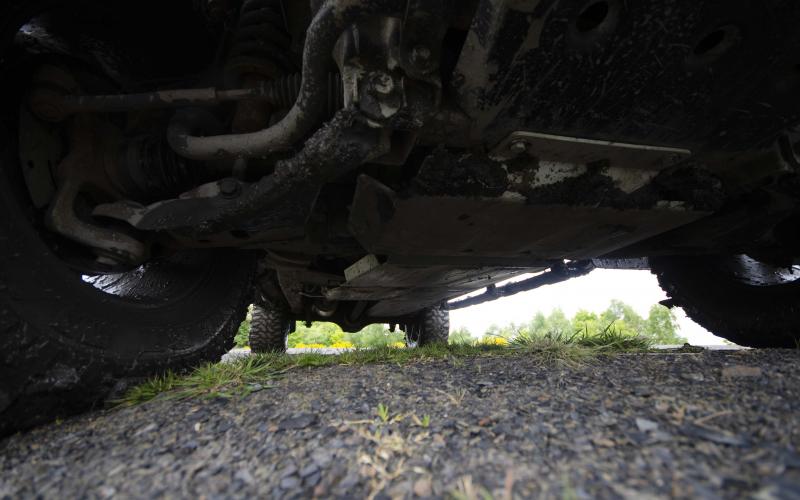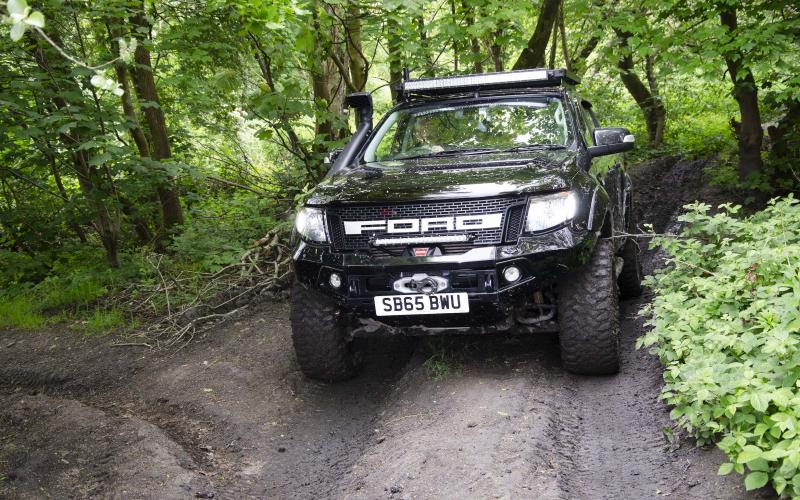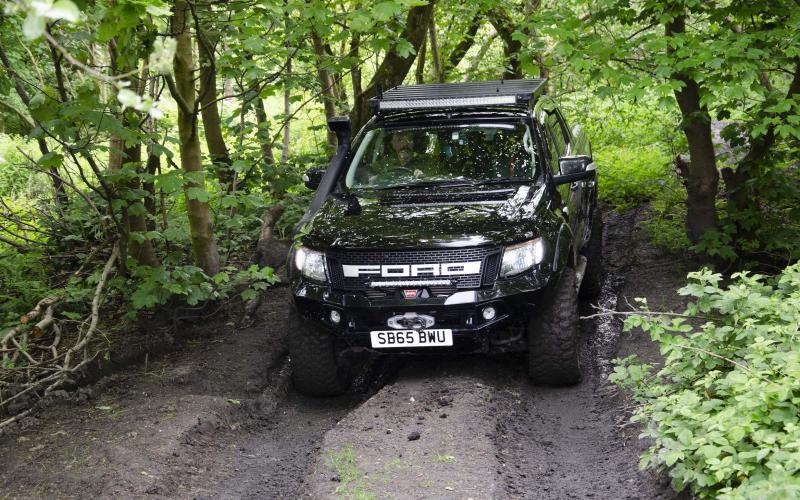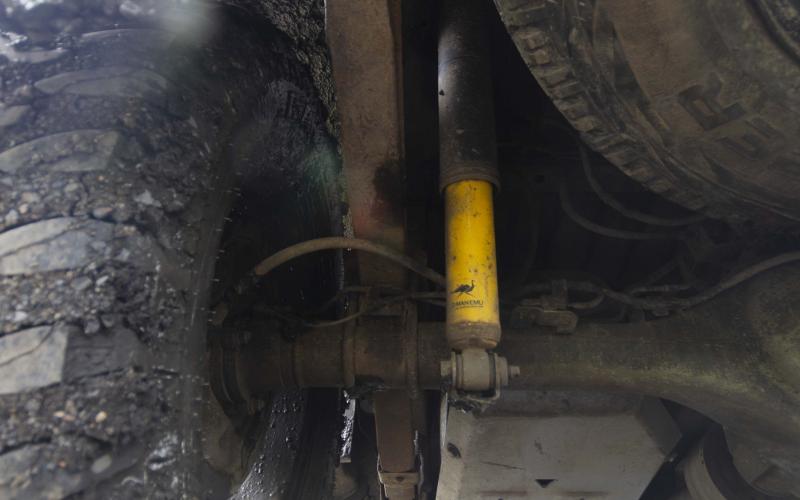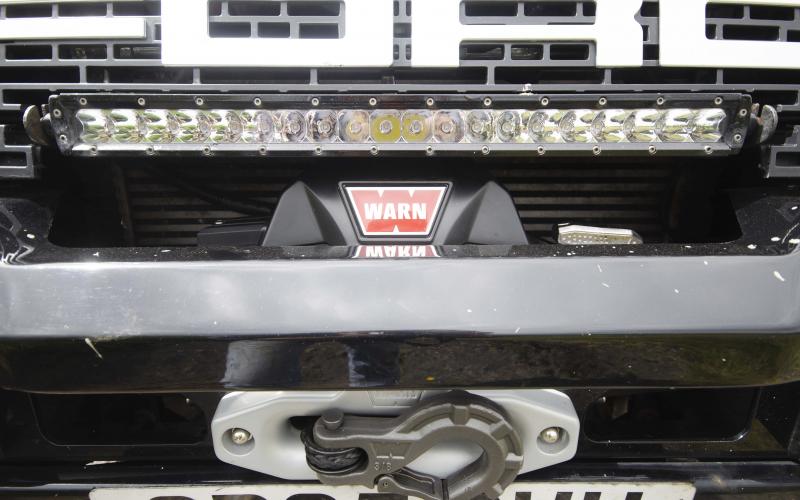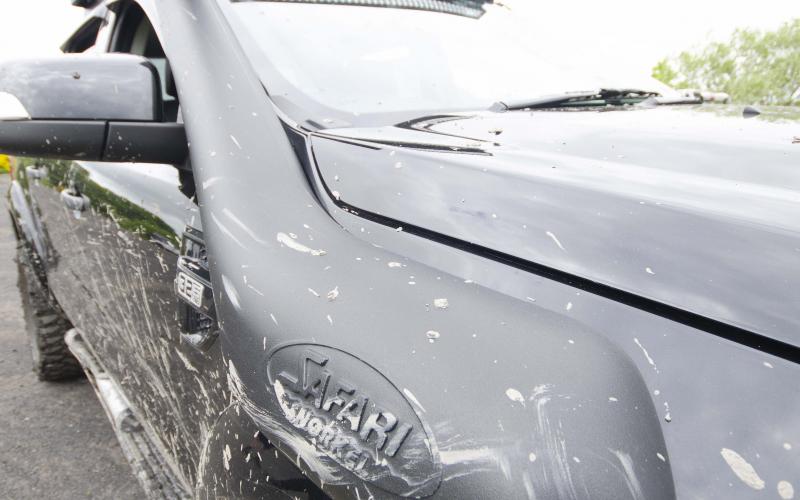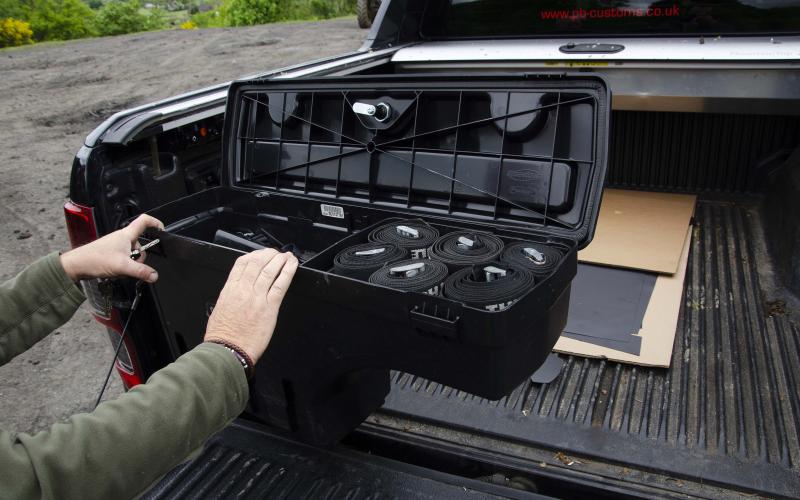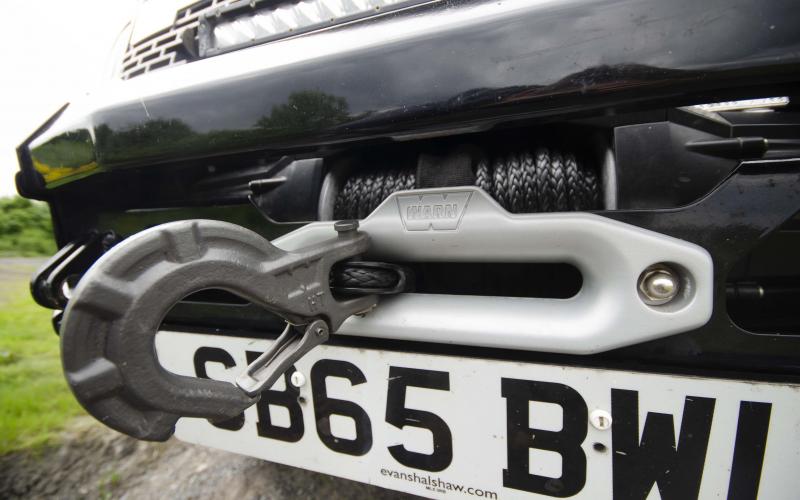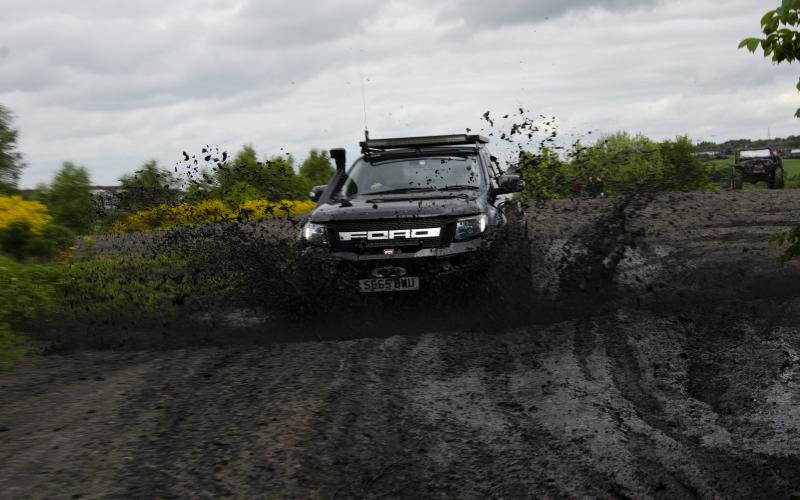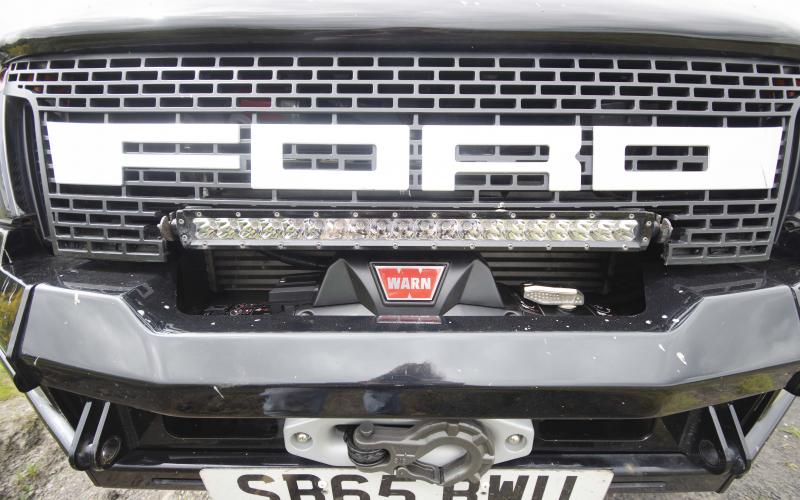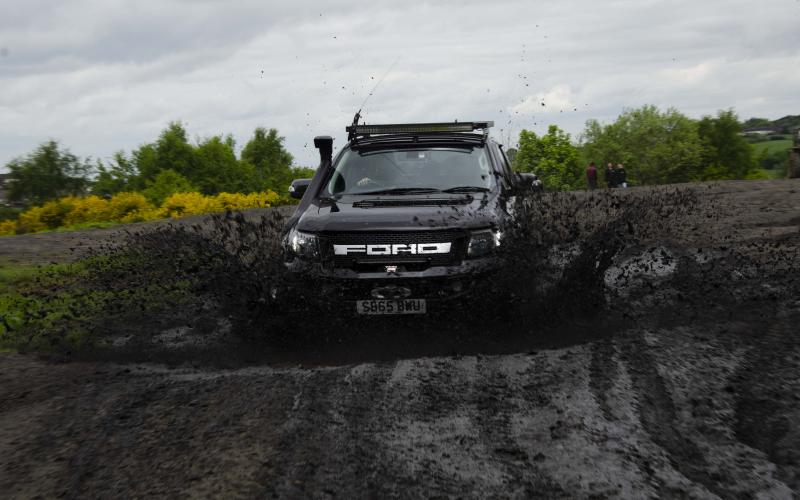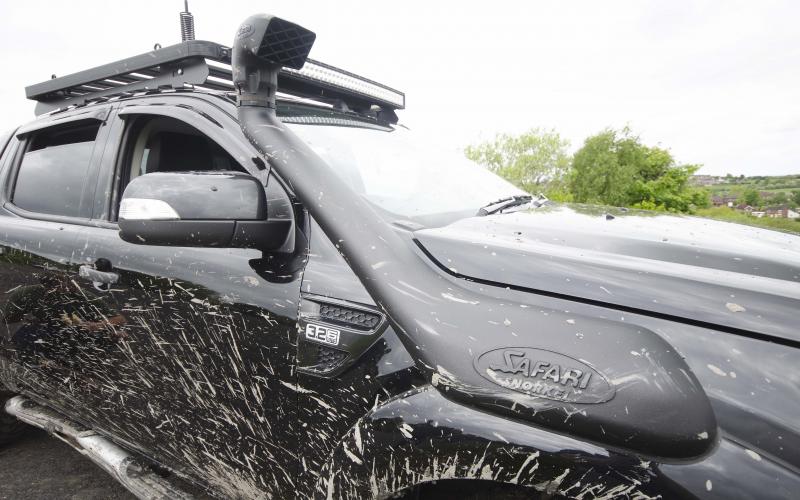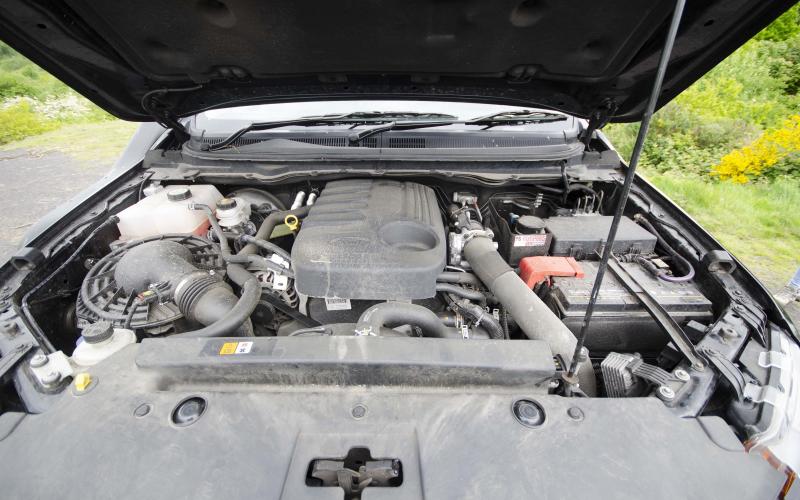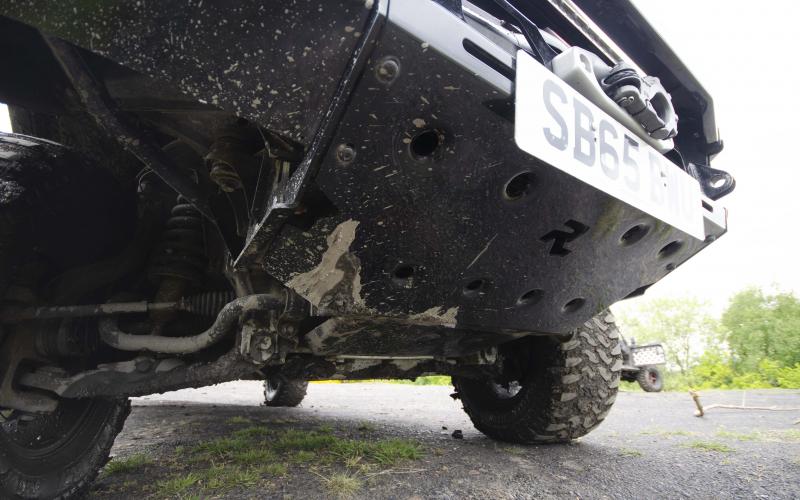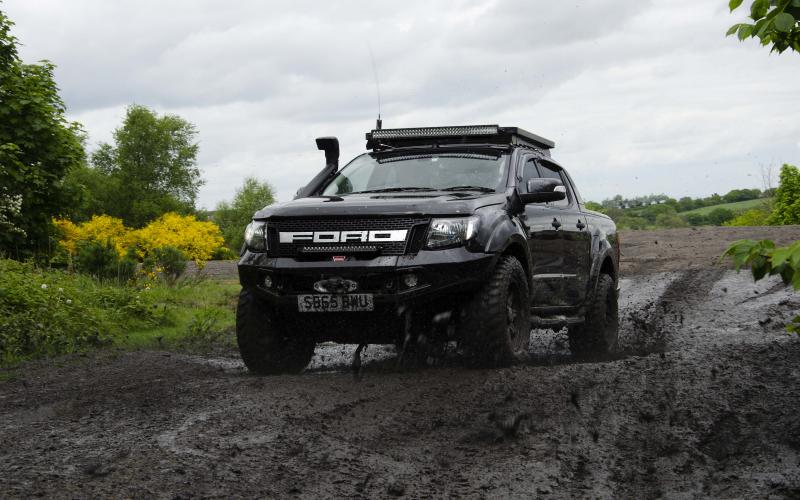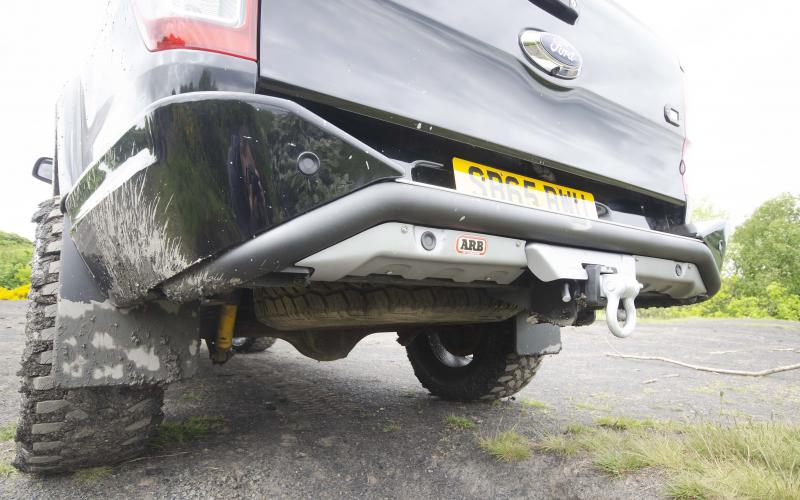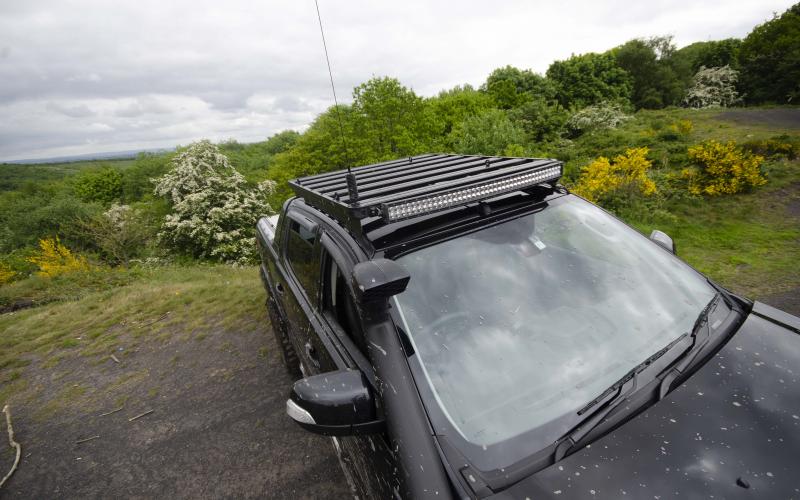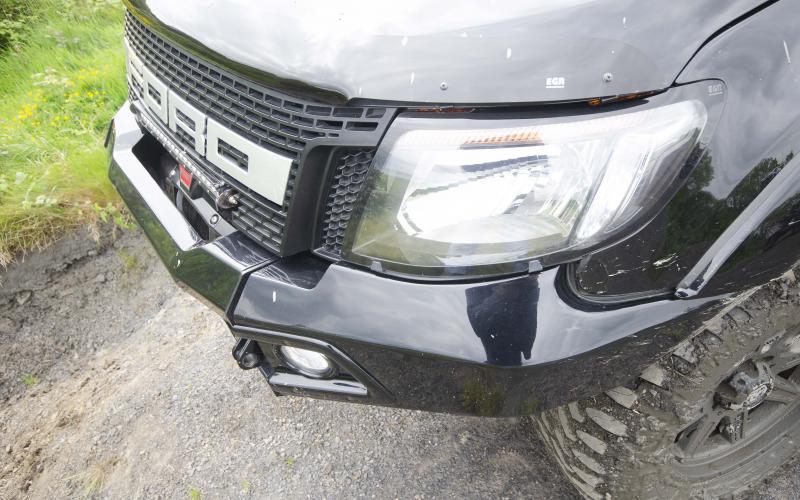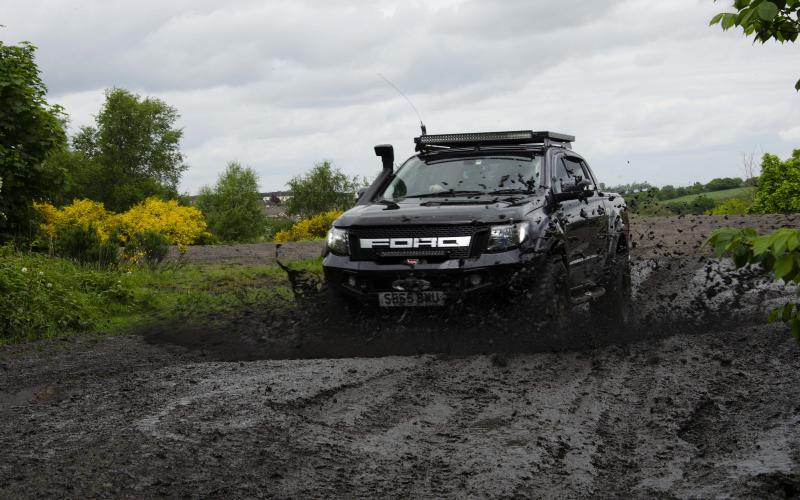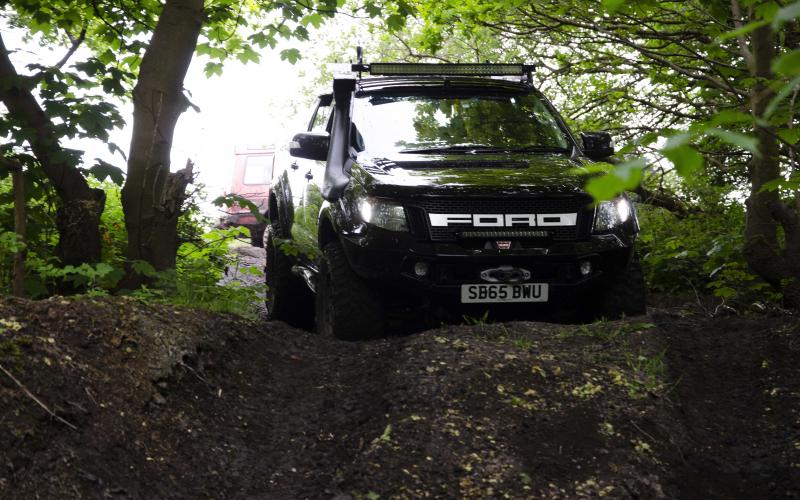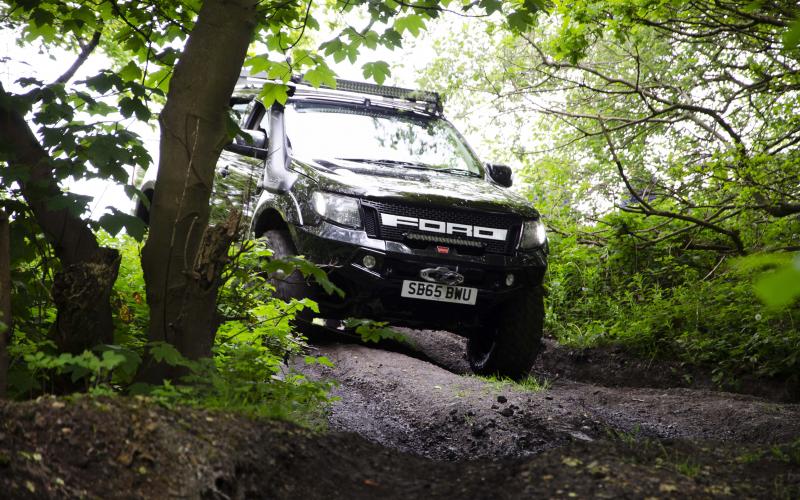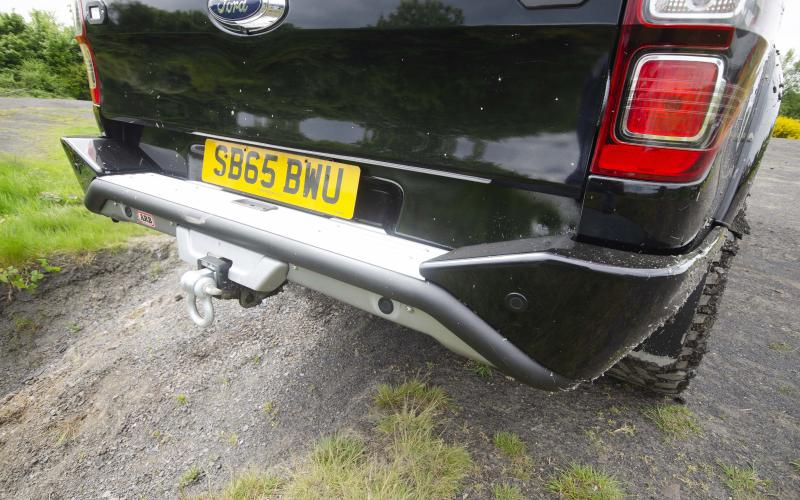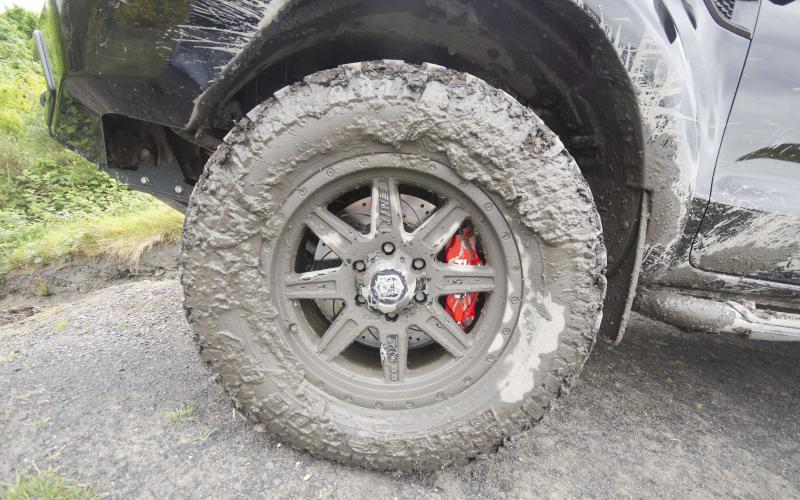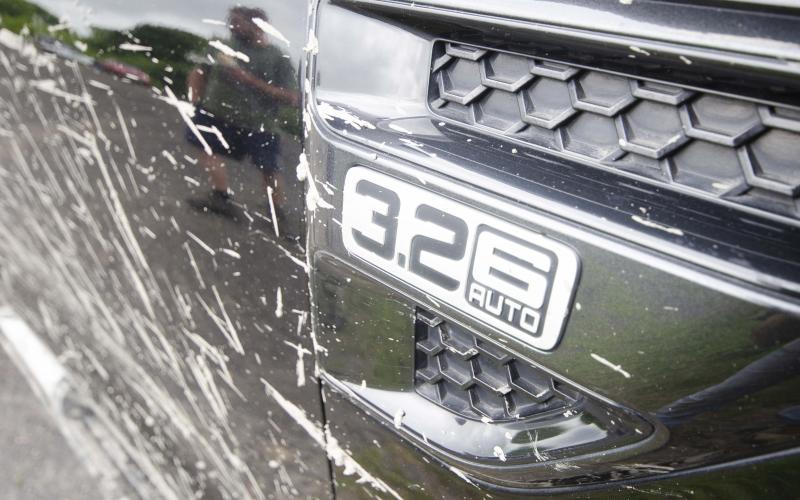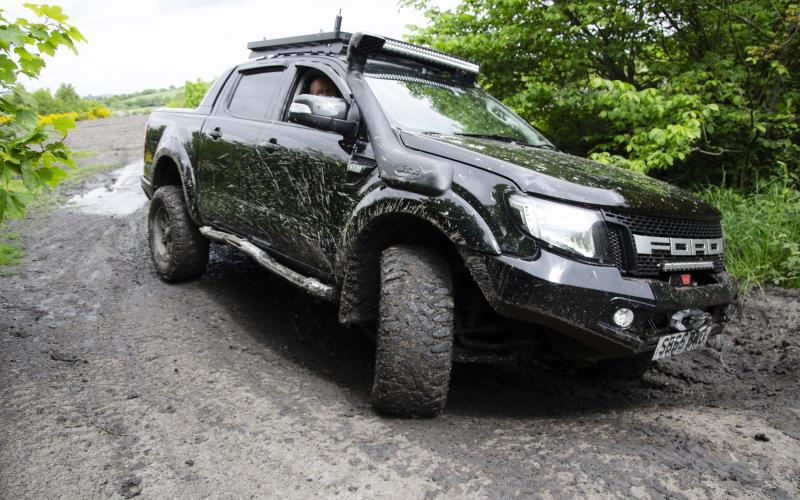Power Ranger
Being available with a 3.2-litre engine is one of the things that makes the Ford Ranger such an appealing choice at the top of the off-road market. So too is the availability of some top-class accessories which allow it to be turned into a serious bit of overlanding kit. Being able to chip that engine for yet more power does no harm, either…
Towards the top of the off-road market, double-cabs are definitely on a roll. Their popularity among new 4x4 buyers has been well documented since they started arriving in the UK about 25 years ago, and with a raft of new models on the horizon it’s still growing apace. But for modding, they’ve taken their time to become seen as a mainstream choice.
There are various reasons you could give. One is that for many years, the sort of conventional 4x4s you’d once have looked at for an off-road or expedition build have been falling by the wayside – the 80 and 100-Series Toyota Land Cruiser, Nissan Patrol and most recently, of course, Land Rover Defender. Another is that the trucks themselves, and the aftermarket serving them, have taken a while to reach the point where a double-cab can make sense not just as a vehicle, but as a project. And another is that the Ford Ranger is here now.
The current Ranger arrived in 2012 and pretty much rewrote the rule book. There were already some very good trucks on the market, and the previous Ranger was among them – but with its combination of size and styling, the T6 model set new standards.
The Ranger is the closest thing you can get to an American truck in the UK without actually buying one. That’s one reason for the enormous popularity it’s gained since its arrival. It’s big, even by double-cab standards, it’s bold, even by double-cab standards… and, as if to seal the deal, you can get it with an engine that knocks the others’ into a cocked hat.
At the bottom end of the range, the Ranger is powered by a 2.2 TDCi which, which perfectly adequate, feels a lot like the Transit unit it is. Up at the top, however, you can get it with a 3.2 TDCi whose 200bhp and 346lbf.ft give it the sort of performance you’ve got a right to expect from such an in-your-face vehicle. At a time when most pick-up engines are getting smaller, Ford is one of the only manufacturers to recognise the demand for trucks that lead with a genuine display of heft.
There’s another reason why this Ranger has taken Ford’s presence in the pick-up market to a whole new level, too. This is that unlike the previous model, which was a badge-engineered Mazda, it was developed by Ford Australia. Its popularity Down Under – and indeed in many other key markets around the world – means accessory makers were on the case from first light, so building one these days isn’t a case of taking whatever you can get.
Take the Ranger in these pictures, for example. Its owner, Andy Smith, lists a Nissan Pathfinder, a Toyota Surf and a couple of Series IIA Land Rovers among his previous vehicles – all good, credible 4x4 kit, but you definitely get the feeling that this T6 is what it’s all been leading up to.
Andy bought it new – which, if you can afford it, is the best possible way to start a project. He then got in touch with Paul Brown at PB Customs, which is another of the best possible things you can do.
It wasn’t bad for Paul, either, because working on a vehicle that hasn’t already been marinated in a cocktail of rainwater, abrasive mud and corrosive minerals has got to be one of the rarest privileges a 4x4 specialist can enjoy. Most of us can only afford to base projects on older vehicles, which means that before anything can go on a whole array of grotty, flaky, crusted-up and rounded-over fixings has got to be fetched off – a necessary evil, but oh what an evil.
Andy describes the Ranger’s build as a ‘progressive stage evolution’, and like all such things it’s not yet fully evolved. His future plans are mainly in the area of overlanding prep, though, so for now this is a good indication of how far he and Paul felt it needed to be taken as an off-road tool.
Two inches isn’t very far in the life of a Ranger, but it’s far enough when you’re talking about its suspension. A good, well-tried lift, that, provided here by an Old Man Emu kit – Paul’s very much a believer in the spend-it-once, spend-it-right approach to selecting kit, and having experimented with a lot of different springs and shocks he’s a firm believer in the renowned Aussie brand.
The suspension allows for a set of 33x12.50R18 mud-terrains, which sounds like a nicely proportioned step up that shouldn’t mess with any of the Ranger’s factory performance parameters. Having once tried driving down a hill in a Discovery 2 V8 auto on 265/75R16s, however, we know how little of an increase it can take in tyre size to summon up the ghastly horror that is brake fade – not that that’s going to be any sort of an issue on Andy’s Ranger, thanks to a set of drilled, vented rotors and six-pot calipers from PB Brakes.
Another reason for wanting plenty of braking power is if you’ve got plenty of motive power. Which any 3.2-litre Ranger has as standard, but Andy’s has more besides. You wouldn’t want to go messing with the innards of a modern diesel engine, but playing games with its brain is a different matter altogether. This one has a reprogrammed ECU – and as a result it’s banging out 240bhp. A useful increase, to be sure.
And it’s there for more than just the sake of it, too. Since the vehicle was finished, most of Andy’s off-roading in it has been on green lane tours with Compass Adventures – but the next stage of the project will see it being turned into more of an expedition truck with a roof tent, RSI stainless canopy and full-width drawer system.
And that’s where the extra power comes in. All that stuff adds a lot of weight – which the Ranger is certainly built to cope with, but when you’re trying to get it up a Moroccan sand dune even 200bhp can feel like it needs a helping hand. Same with high-level mountain passes where the air is thin – the more you’ve got in reserve, the more you’ll still have to fall back on when the conditions have taken their toll.
For now, though, Andy says the modifications he’s happiest with are the suspension and, interestingly, the LED bars. These are a 40” Duplex 5 job up top and a 20” Solo on a custom mount in the grille, both from Wilderness Lighting. There’s also a couple of flush-mounted Compact 2 units from the same company in the tailgate, which makes a huge difference when reversing and leaves no-one around in any doubt that the vehicle is indeed going backwards.
Not that there’s anything he says he’d have done differently, at any rate. Which says something for not just the vehicle but for Paul’s ability to work with his customers in speccing a build. We’ve all heard about the sort of companies that blind their punters with science so as to flog them a giant stack of blingy gewgaws they never wanted or needed, and most often those are the companies that don’t fit them properly in the first place then blame everyone but themselves when something lets go first time out. Not that we’re speaking from bitter experience or anything.
Anyway, back to Andy. What he’s got himself is a Ranger which, as a daily drive, will stand out in any crowd of identikit boxes – and a toy which, as the build project continues, is looking more and more like an investment in an heirloom vehicle. It’s definitely not a poor man’s motor, this – but every penny that’s been spent on it has been spent right. And that’s a sure sign of a truck to be reckoned with.
We photographed Andy’s Ranger at Silverdale, a playday site near Stoke on Trent which is normally open on the third Sunday of every month. It’s run by Explore Off Road; you’ll find them at www.exploreoffroad.co.uk.




